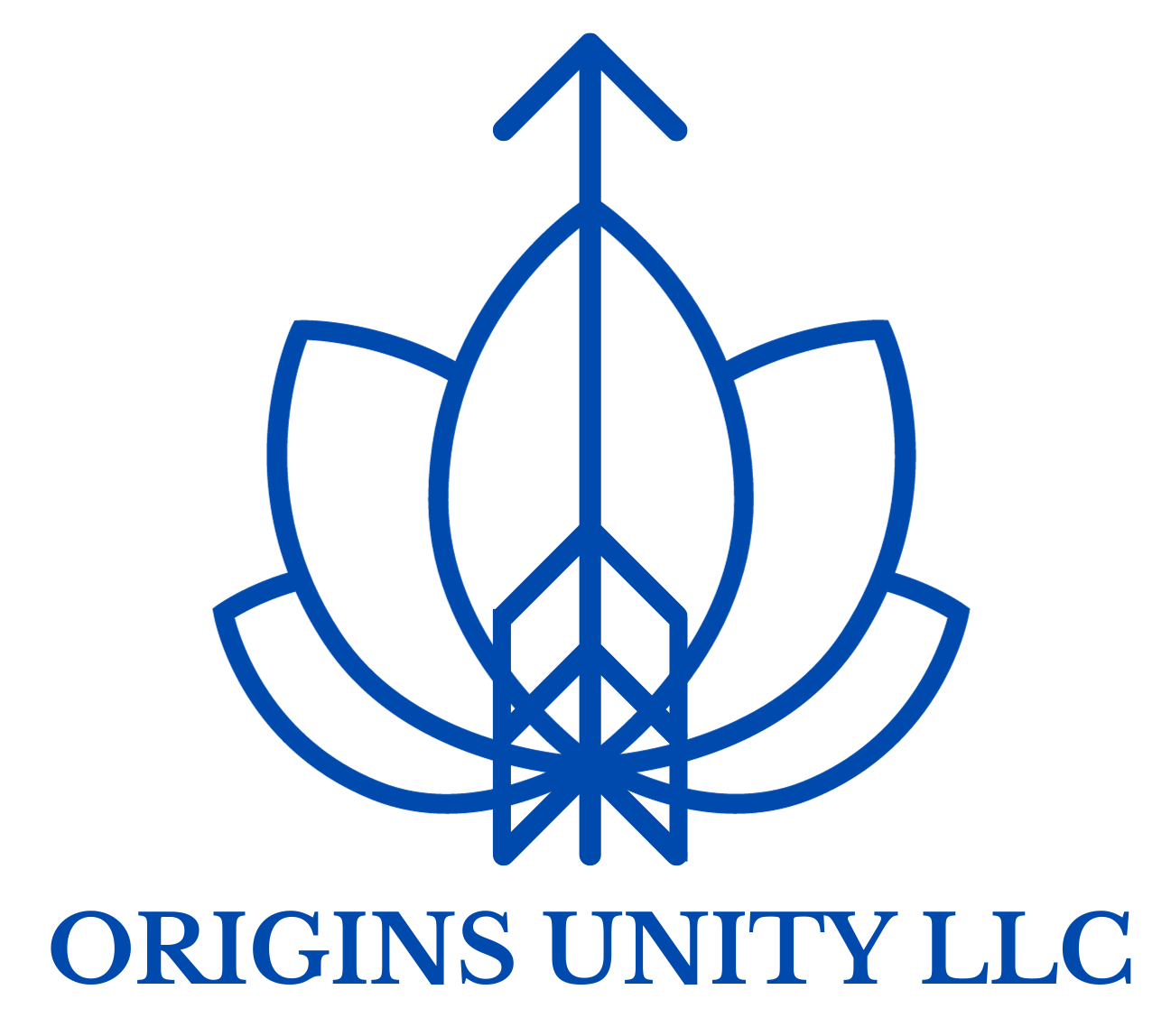
The professional world does not let up. Once it starts, it doesn’t stop and quickly surpasses any normal person’s threshold. Burnout is common, attention is fragmented, and balance often feels far out of reach. There isn’t much time to catch a breath and if we don’t push harder, we fall behind. But, what if the solution wasn’t in doing more, rather, in how we move through our day?
At Origins Unity, we work with leaders, teams and professionals to implement practical, science-backed tools for sustainable performance and well-being for the whole eco-system. Our approaches fit into your existing routines without shaking them up. One of the simplest and most effective tools we teach is called The Zen Ten; a secular framework made up of 10 small but powerful mindset shifts.
Think of it as a daily checklist for living -and working- that enables us greater clarity, energy, and presence. Quick reflection points that allow you to smooth out the day and workflow without interrupting it.
Modern neuroscience shows that attention is our most valuable resource, and the way we manage our energy directly impacts performance. The Zen Ten isn’t about slowing down solely for the sake of it. It’s about creating intentional rhythms that increase resilience, decision-making power, and long-term mental health.
These principles are integrated into every Origins Unity training and offering. Whether it’s breathwork for sales teams, high performance coaching, leadership presence workshops, or employee wellness programs.
Multitasking is a myth. Presence is productivity. Research insight: Studies from Stanford University show multitasking reduces productivity by up to 40%. It also increases mistakes and stress levels. (Ophir et al., 2009)
Rushing leads to mistakes. Rhythm leads to mastery. The nervous system thrives on regulated pacing. Working in rhythm (e.g., using the Pomodoro technique) improves memory and executive function.
Completion builds confidence and clears mental space. The Zeigarnik Effect shows that incomplete tasks occupy mental bandwidth. Completing meaningful items reduces cognitive drag.
Rituals create reliability. Systems reduce stress. Morning routines, buffer blocks, and recovery rituals help regulate cortisol and enhance executive function. Routine = stability.
Integration time helps you show up fresh and clear. Science-backed tip: Even a 60-second pause improves retention and engagement in the next task. (Baird et al., 2014)
Even 2 minutes of quiet helps reset your nervous system. Brain scans show silence activates the hippocampus and supports self-regulation. It also balances the sympathetic/parasympathetic systems. (Kirste et al., 2013)
Positivity and presence are the most important leadership traits. Emotional intelligence correlates strongly with team performance and retention. Small acts of kindness shift group morale. (Goleman, 2006)
Even brushing your teeth can be a micro-moment of mindfulness. Behavioral science confirms: the more emotionally anchored a habit is, the more likely it is to stick. Mindful micro-moments shift mindset.
What’s working? What needs attention? Harvard Business School found that professionals who reflect for 15 minutes at the end of the day perform 23% better. (Di Stefano et al., 2014)
Clarity doesn’t come from more—it comes from less distraction. Decision fatigue is real. Simplifying reduces cognitive load and improves accuracy in high-stakes situations. (Baumeister et al., 2003)
This framework works because it honors three truths of human performance:
The Zen Ten isn’t just philosophy, it’s a practical performance tool used by teams and leaders across industries to improve clarity, reduce friction, and increase well-being at work.
Many organizations integrate the Zen Ten into broader wellness strategies for instance, offering a structured fitness program Seattle that supports recovery, boosts energy, and reinforces daily habits of presence and resilience.
Here’s how organizations integrate it:
Teams kick off with a Zen Ten theme of the day to align energy and focus.
PMI research shows that teams with structured morning alignment practices are 20% more likely to meet project goals on time and within budget. (PMI Pulse of the Profession, 2021)
2–5 minute breath or reflection pauses are built between meetings or during sprints.
McKinsey & Company found that high-performing teams take regular micro-pauses, increasing cognitive performance by up to 40%. (McKinsey, 2023)
Executives and managers use principles 9 & 10 (reflect regularly, simplify decisions) in weekly review processes.
According to Harvard Business Review, teams that reflect on performance weekly outperform others by 25%. (Di Stefano et al., HBR, 2016)
Using Principle #10 (Simplify decisions), teams regularly audit and streamline processes to reduce decision fatigue.
Research from MIT Sloan and Google’s re:Work initiative shows that simplified workflows reduce errors and improve team morale.
HR departments and People Ops use The Zen Ten as part of wellness education or onboarding.
Gallup found that companies with integrated well-being strategies have 41% lower absenteeism and 21% higher profitability. (Gallup, State of the Global Workplace 2022)
Professional success isn’t just about hard skills; it’s about the capacity to stay focused, regulated, and mentally present in an increasingly noisy world. The Zen Ten offers a practical path to this.
If you’re an Executive, team leader, HR manager, or just someone seeking to work and live with more clarity:
Let’s connect DM for our free Zen Ten Tracker Book a team training or workplace wellness session
David Reveles Corporate Wellness Consultant | Breathwork & Performance Coach Founder of Origins Unity – Wellness Solutions for Working Professionals www.originsunity.com
The Zen Ten isn’t just philosophy, it’s a practical performance tool used by teams and leaders across industries to improve clarity, reduce friction, and increase well-being at work.
Here’s how organizations integrate it:

Origins Unity LLC Gym Yoga Studio Meditation Center offers Holistic Health and Wellness Coaching, Corporate Wellness Programming, and more. We are Mental Health Advocates and aim to produce wellbeing through natural means. Our services are for individuals, groups, and companies.
